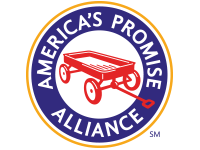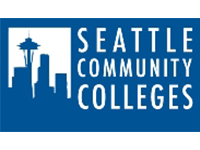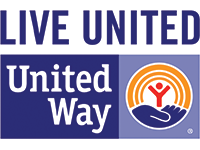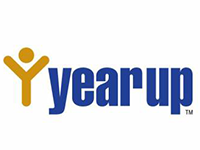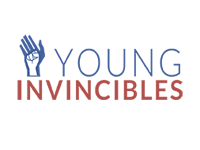America’s Economy: Where A Young Person’s Future Too Often Decides The Future
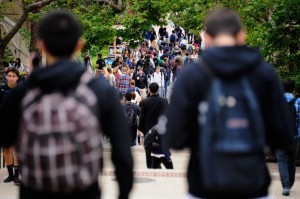 •
•
Mark Edwards, Executive Director, Opportunity Nation
Commentary: When the American Dream is at risk for our young people, we will all suffer.
BOSTON — Belief in the American Dream has long defined, distinguished and sustained our country. Our deeply held notion that people of all backgrounds who work hard and play by the rules can get ahead and begin to climb the ladder of success has changed the world, and paved the way to security and prosperity for generations of Americans.
Yet our faith in equality of opportunity is increasingly at risk. The number of Americans living below the federal poverty line remains stubbornly high, at 46 million, and millions more hover too close to that threshold. Among those paying the highest price are youth, who have been hard hit by the Great Recession.
Shockingly, one in seven young people ages 16 to 24 are not in school or working, a tragic loss to them personally and to our nation as a whole. The costs of such disconnection is steep, costing taxpayers $93 billion annually and $1.6 trillion over the youths’ lifetimes in lost revenues and increased social services.
Youth unemployment is unacceptably high.
Today, 15 percent of young Americans are unemployed, compared with a national unemployment rate of 6.6 percent. The affects of unemployment linger for years, limiting young adults’ ability to move up the ladder and earn higher incomes.
In his State of the Union address, President Obama touched on the need to focus on better career and job skills training programs.
“We’re working to redesign high schools and partner them with colleges and employers that offer the real-world education and hands-on training that can lead directly to a job and career,” he said.
And as of last month, the administration was taking steps in the right direction, with Vice President Joe Biden announcing a new push toward apprenticeship programs that will allow students to convert work experience into college credit.
“Unless we have the most skilled work force in the world, we will not be able to lead the world,” the vice president said.
But we still must do more to ensure that our next generation gets their fair shot at the American Dream, a commitment that will promote our country’s continued success and prosperity.
The first step to bridge this growing opportunity gap and prevent more young adults from losing their way is to measure opportunity.
Traditional economic measures such as GDP and poverty rates are not sufficient – or even accurate – indicators of a nation’s prospects. A true gauge of opportunity and upward mobility requires not only international statistics, but also detailed information about powerful economic, educational and community factors that together expand or constrain opportunity. Right now, the zip code where a child is born plays far too pivotal role in the opportunities that are available to him or her.
Opportunity Nation, a bipartisan, national campaign dedicated to expanding upward mobility to more Americans, has partnered with Measure of America to develop the Opportunity Index, the first statistical measure of access to the American Dream.
The Index measures 16 factors that influence opportunity, ranking all 50 states plus Washington, DC and grading more than 3,000 counties. Indicators include a region’s unemployment rate, access to affordable housing, Internet access, preschool enrollment, community safety and access to healthcare. Taken together, such factors provide a holistic picture of a region’s capacity to provide opportunity to its residents, and helps leaders identify areas for improvement.
The Opportunity Index demonstrates the critical importance of ensuring that more young adults are connected to school and work. One of the biggest predictors of a region’s ability to expand opportunity is the number of young people ages 16 to 24 who are ‘disconnected’ – meaning they are neither in school nor working.
The fewer the number of disconnected youth, the higher a region’s Opportunity Score. If we are truly committed to increasing opportunity around the country, the prospects for young Americans is at the heart of that effort. We must make sure our young adults can find meaningful educational and career pathways.
Across the country, dynamic organizations are helping these young Americans find their way, including many members of Opportunity Nation’s diverse coalition.
And it will take all of us – liberal and conservative, rural and urban, businesses, educators, policy-makers, community organizations and think tanks – working together to make sure more young Americans get their opportunity to achieve the American Dream.
True collaboration is always challenging. Implementing it in the public sphere entails even a greater degree of complexity. Improving our communities requires stakeholders across the board – many of whom often have conflicting interest and operations – to work on a shared plan of action. The common understanding of factors influencing opportunity captured by the Opportunity Index can promote productive conversations and partnerships – including finding ways to boost upward mobility.
We know that in a free society, some inequality is unavoidable. People differ in skills and ambition. But inequality without the chance for economic and social mobility is inefficient and unjust. The circumstances of birth should not condemn anyone to an inescapable fate.
When the American Dream is at risk for our young people, we will all suffer.

